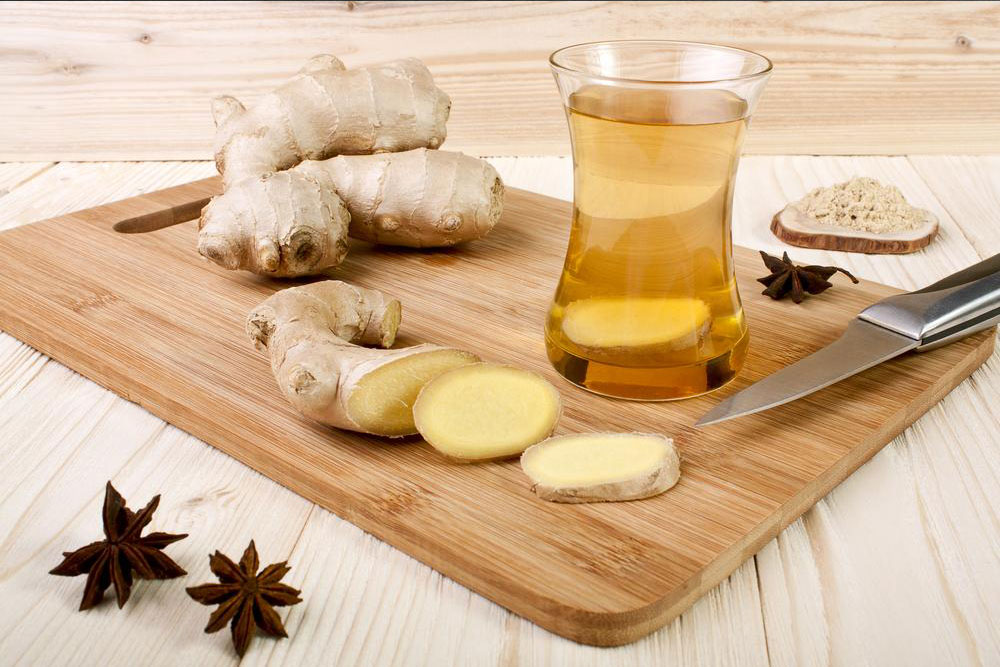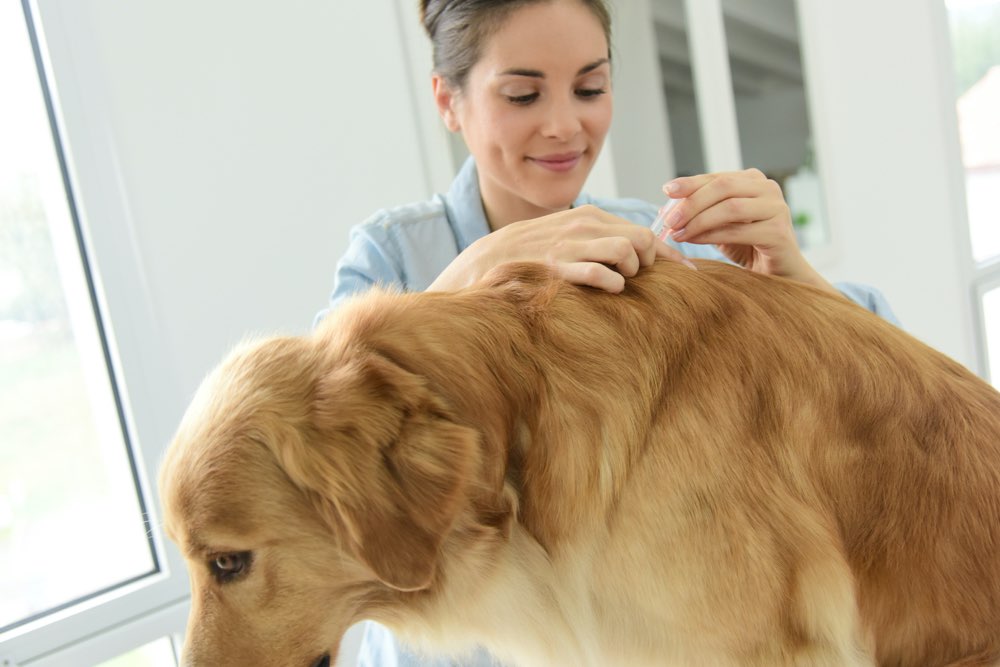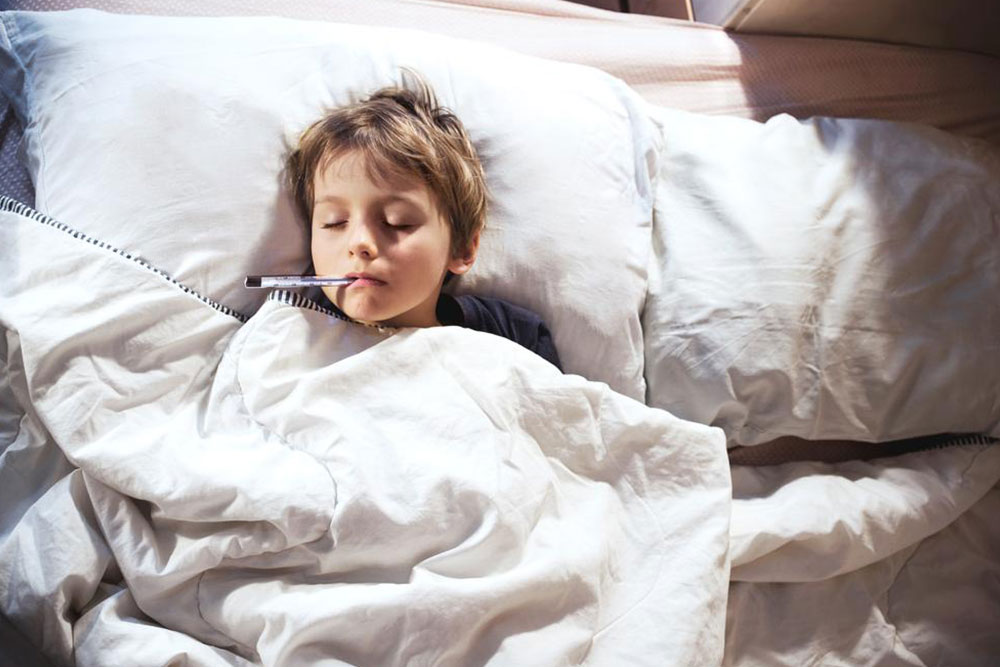Comprehensive Guide to Fever Temperature Monitoring and Cold Sore Management
This article provides a detailed overview of how to measure body temperature during fever using different methods, explains what fever blisters are, and offers home remedies for their treatment. It emphasizes when to seek medical advice and includes practical tips for monitoring health effectively, especially in children. A helpful guide for understanding fever signs and managing cold sores naturally, promoting better health awareness.

Comprehensive Guide to Fever Temperature Monitoring and Cold Sore Management
Have you ever experienced feeling like your body is overheated and drenched in sweat throughout the night? Many people have gone through similar moments. While having a fever is common when you're unwell, understanding your body temperature and knowing when to seek medical help is crucial.
The fever temperature chart helps you identify normal versus abnormal body temperatures. It is especially useful for monitoring children’s health by accurately reading their temperature.
Here are effective methods to measure your body temperature using the fever chart:
Rectal Temperature
Primarily used for infants, this method involves lubricating a thermometer, placing the infant on their stomach, and gently inserting the thermometer into the rectum. A reading of 38°C or higher indicates fever.
Oral Temperature
The most common method involves placing the thermometer under the tongue and waiting until it registers. A temperature of 37.8°C or above signifies a fever.
Armpit & Ear Measurements
An armpit temperature of 37.2°C or higher typically indicates fever. For ear readings, insert the thermometer carefully into the ear canal, following proper guidelines.
Forehead (Temporal Artery) Temperature
Measure by placing the thermometer on the forehead over the temporal artery for quick results.
Understanding Fever Blisters
Sometimes, fever is accompanied by blisters around the face, known as cold sores or fever blisters. They are red, painful, contagious, and typically last 2-3 weeks.
Home Remedies for Fever Blisters
Apply ice to numb pain and reduce swelling.
Use tea tree oil on the blisters to promote healing.
Aloe Vera gel can soothe irritated skin.
Incorporate garlic, known for its anti-inflammatory properties, in your diet.
Licorice root, containing glycyrrhizin, acts as a natural antiviral and anti-inflammatory agent.
Remember, these remedies are options to explore. If symptoms worsen or persist, consult a healthcare professional promptly.









